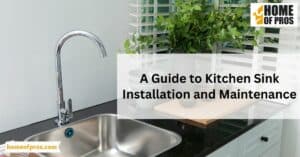Childproofing your plumbing is essential to ensure your little one’s safety. Begin by installing toilet locks to prevent unsupervised access, and secure cabinets containing cleaning supplies with childproof latches. Lastly, always set your water heater to a maximum of 120°F to prevent scalding accidents.
Often overlooked, childproofing plumbing is vital. Toilets and under-sink cabinets pose real threats to curious kids. In this guide, we’ll tackle essential steps to ensure safety in bathrooms and kitchens.

Preventing Unwanted Exploration and Incidents
To most adults, toilets are purely functional fixtures in our homes. However, toddlers with boundless curiosity, they’re intriguing objects waiting to be explored. This curiosity, while endearing, can unfortunately lead to genuine safety and health concerns if toilets are left unchecked and unsecured.
Importance of Toilet Locks
Fitted locks act as a deterrent, ensuring that young children cannot lift the toilet lid without supervision. This not only prevents potential accidents but also keeps them from using the toilet as a toy or exploration site. Modern toilet locks are designed to be user-friendly for adults but challenging for children, ensuring convenience without compromising safety.
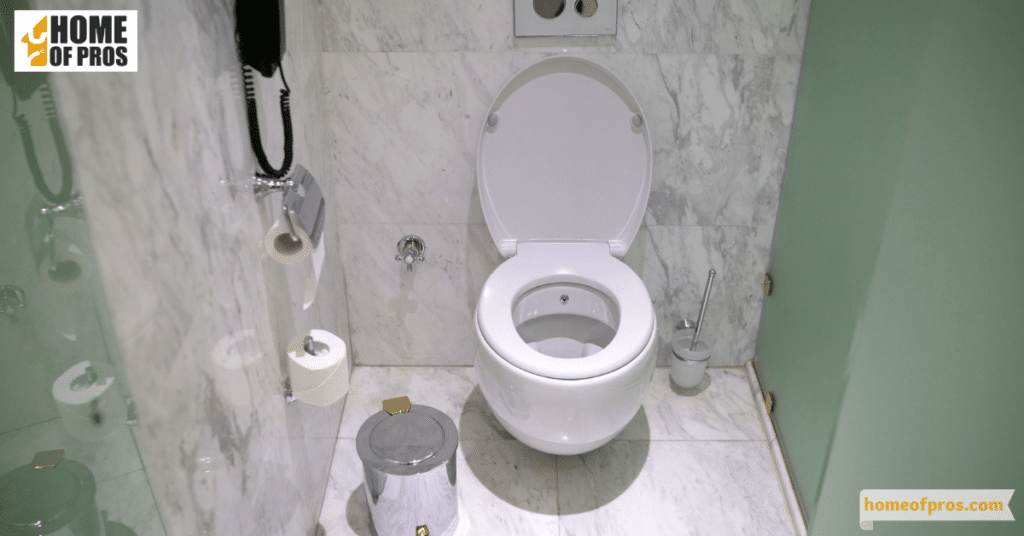
Drowning Concerns
While toilets might not seem like the typical drowning hazard, they contain enough water for a toddler to drown. With their top-heavy bodies, toddlers can easily tip into a toilet and struggle to get out. Routinely keeping the toilet lid down reduces this risk significantly. This habit can be reinforced with reminders or even placing stickers that prompt lid closure.

Hygiene Issues
Toilets, by their very nature, are breeding grounds for numerous germs and bacteria. Ensuring they are secured keeps children from inadvertently coming into contact with these germs. While securing the toilet is crucial, it’s also an opportunity to educate kids about hygiene. Teach them the importance of washing hands after visiting the bathroom and why toilets should be left closed.
Childproofing is an ongoing journey and every small step counts. Ensuring toilet safety is one of those steps. By implementing these measures, parents not only protect their children from immediate hazards but also set the groundwork for teaching them valuable lessons about safety and hygiene.

Cabinet and Under-the-Sink Precautions
The space under our sinks can be a treasure trove for young children. Yet, amidst the sponges and spare trash bags, there often lurk potential dangers in the form of cleaning chemicals. Let’s break down the risks and the precautions you can take.
Table: Under-the-Sink Precautions
| Item/Concern | Potential Risk | Safety Measure |
|---|---|---|
| Cleaning Solutions | Ingestion, skin burns, eye irritation | Store in childproof containers, use safety latches |
| Dishwasher Tablets/Pods | Choking, ingestion of harmful substances | Keep in original packaging, store in high shelves |
| Trash Bags | Suffocation risk, ingestion of small items inside | Store in a secured container, keep away from child’s reach |
| Aerosol Cans (e.g., air fresheners) | Inhalation risks, pressure-related accidents | Store upright and behind childproof latches |
| Drain Unblockers | Severe skin burns, toxic if ingested | Store on high shelves or in locked cabinets |
Safety in our homes is as much about what we do as it is about where we store things. By being mindful of the potential risks and taking simple measures like those outlined above, we can create an environment that’s both safe for children and functional for adults.
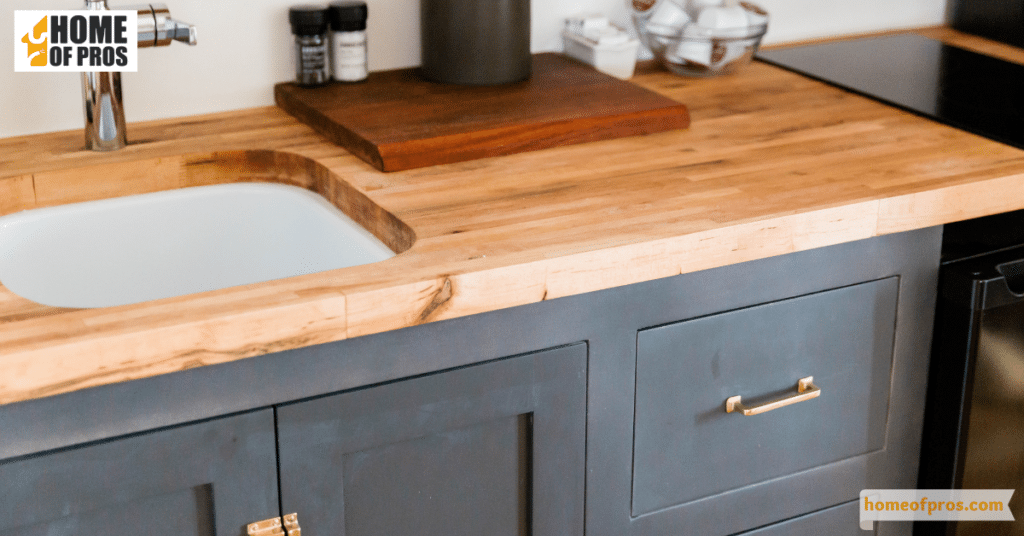
Setting Safe Water Temperatures
Ensuring a comfortable and safe water temperature in your home is crucial, especially when there are young children around. A correctly set water heater can provide peace of mind and avoid potential dangers.
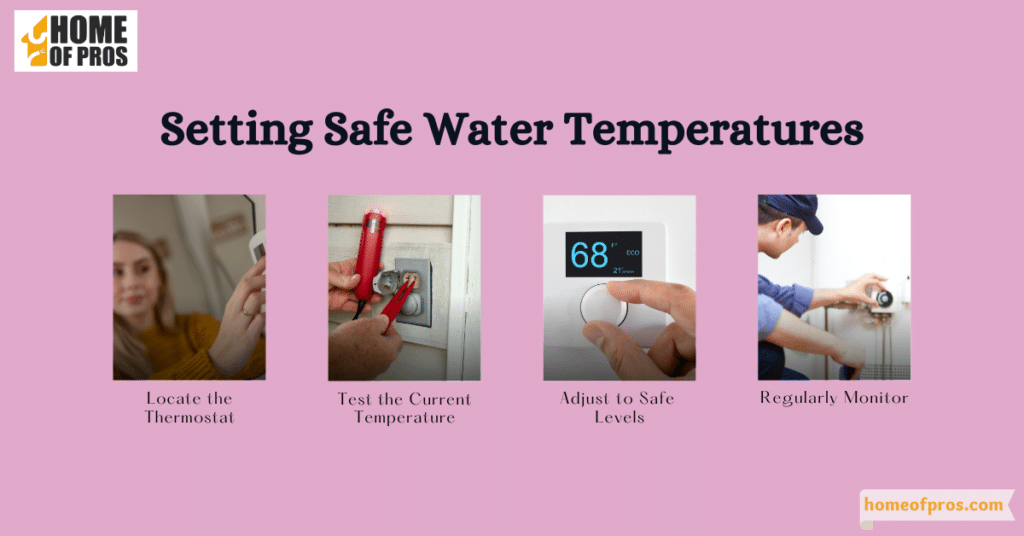
- Locate the Thermostat: Found on the water heater’s tank, the thermostat allows you to control and adjust the water’s temperature.
- Test the Current Temperature: Using a thermometer, measure the temperature of the hot water directly from the tap to determine its current setting.
- Adjust to Safe Levels: For optimal safety, ensure that the thermostat is set so the water doesn’t exceed 120°F (49°C). This temperature is typically considered safe, reducing the risk of scalding.
- Regularly Monitor: Changes in your home, from seasonal variations to system repairs, can affect water temperature. Periodically checking ensures consistent safety levels.
A well-regulated water heater is not just about comfort—it’s about safety. With these simple steps, you can provide a secure environment for everyone in your household, ensuring that bath time or any other water-related activity remains both enjoyable and hazard-free.
Faucet and Tap Safety
Faucets and taps, the often overlooked elements of our homes, transform into fascinating objects of interest for young children. Their innate desire to explore and understand their surroundings can sometimes lead them straight to these water sources, making them potential sites of both wonder and hazard.
As these little explorers turn knobs and handles, the risks range from minor inconveniences like water wastage to more severe concerns like scalding from hot water. For caregivers, the challenge lies in fostering their child’s sense of discovery while implementing precautions that ensure their well-being and safety within the home.
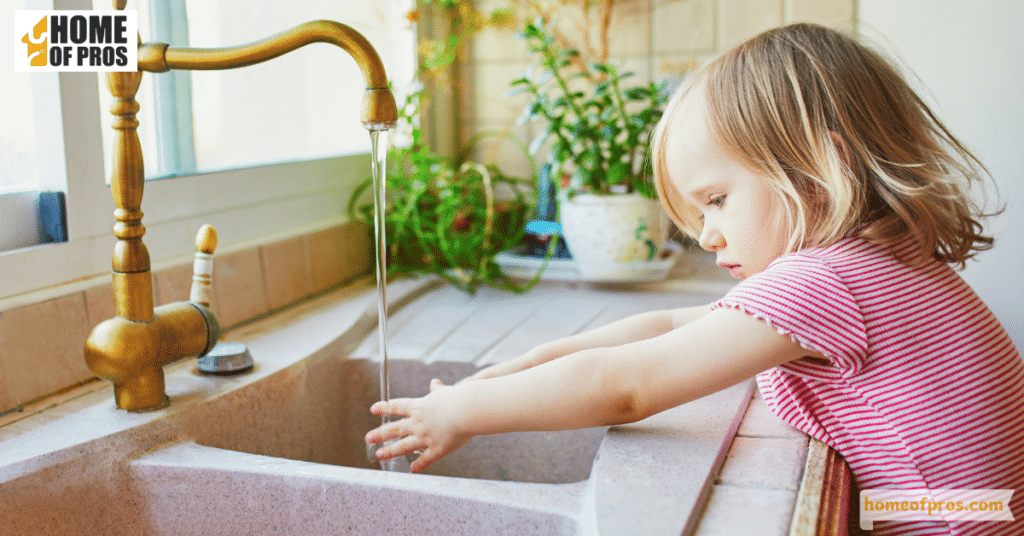
Conclusion
Childproofing plumbing goes beyond just preventing minor accidents—it’s a critical measure to safeguard our children from potential dangers lurking in everyday fixtures. Faucets, taps, and water heaters, while essential to our daily lives, can pose significant risks if not properly secured or set.
It’s incumbent upon parents and guardians to not just recognize these hazards but to actively take steps to mitigate them. By being proactive, we not only create a safer environment for our little ones but also instill a sense of security and peace of mind for ourselves. Let’s prioritize their safety today, ensuring they can explore, learn, and grow without boundaries.





